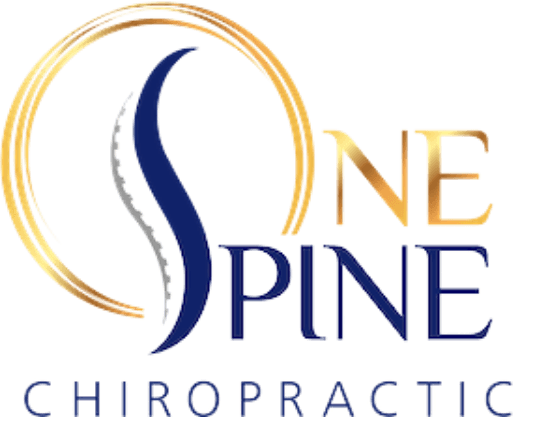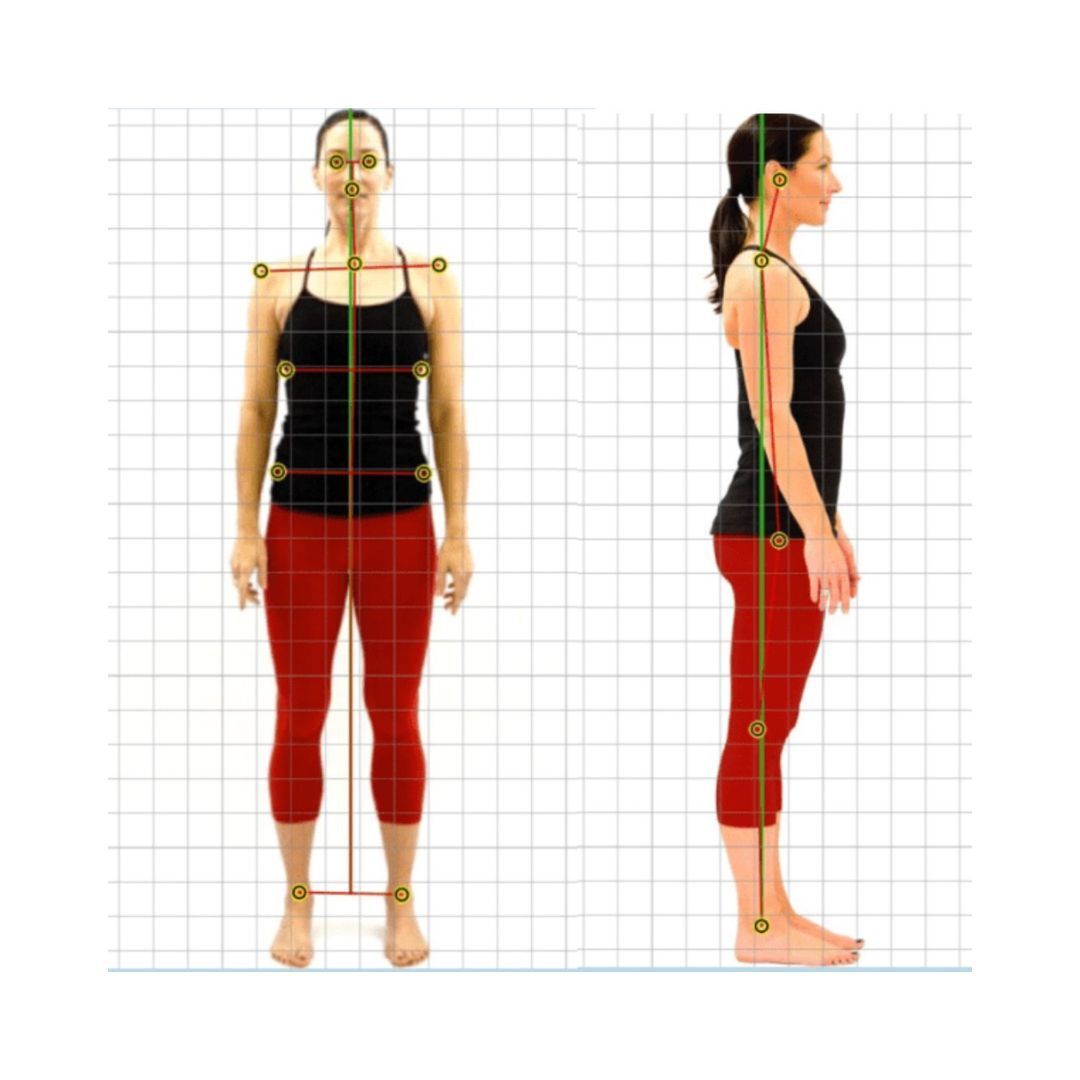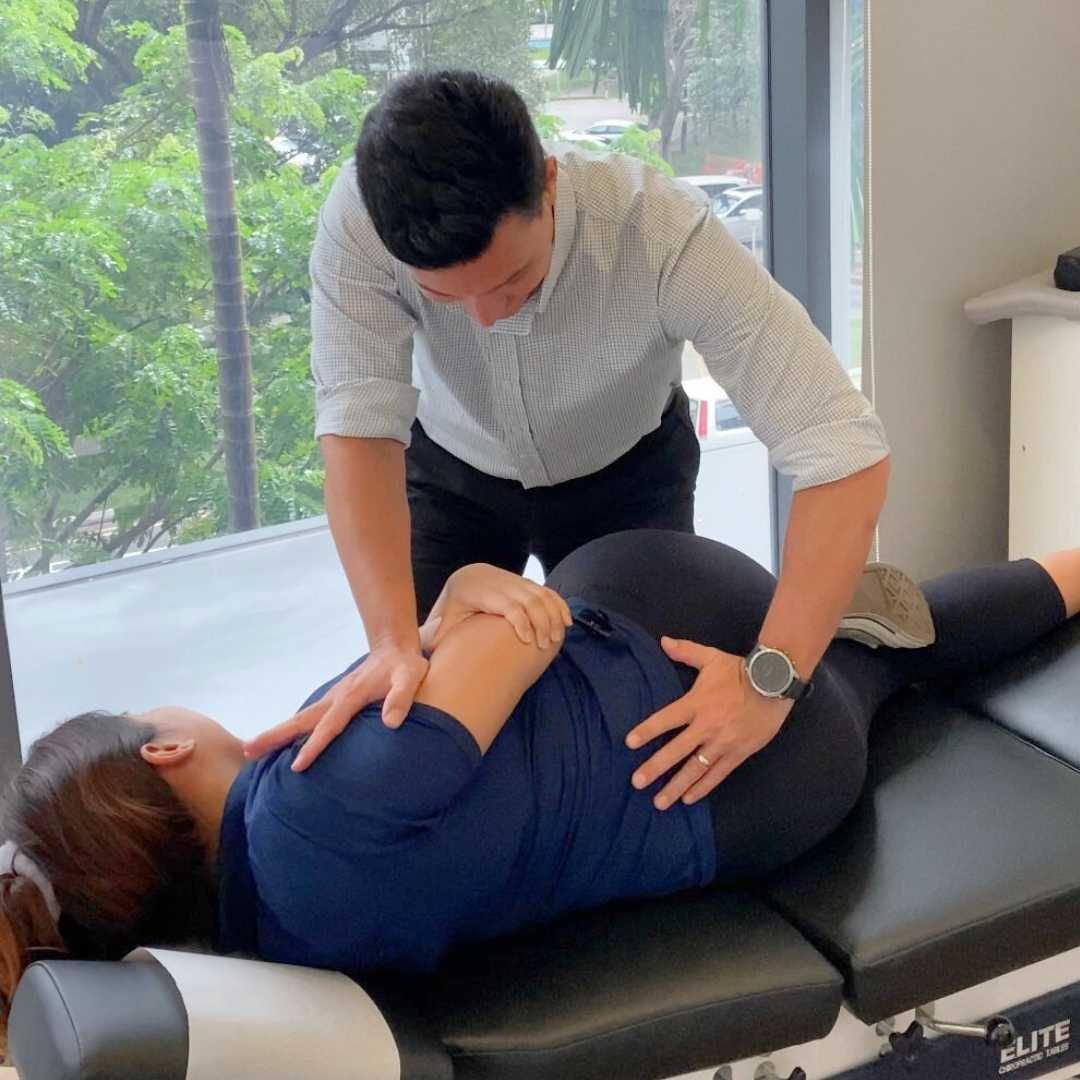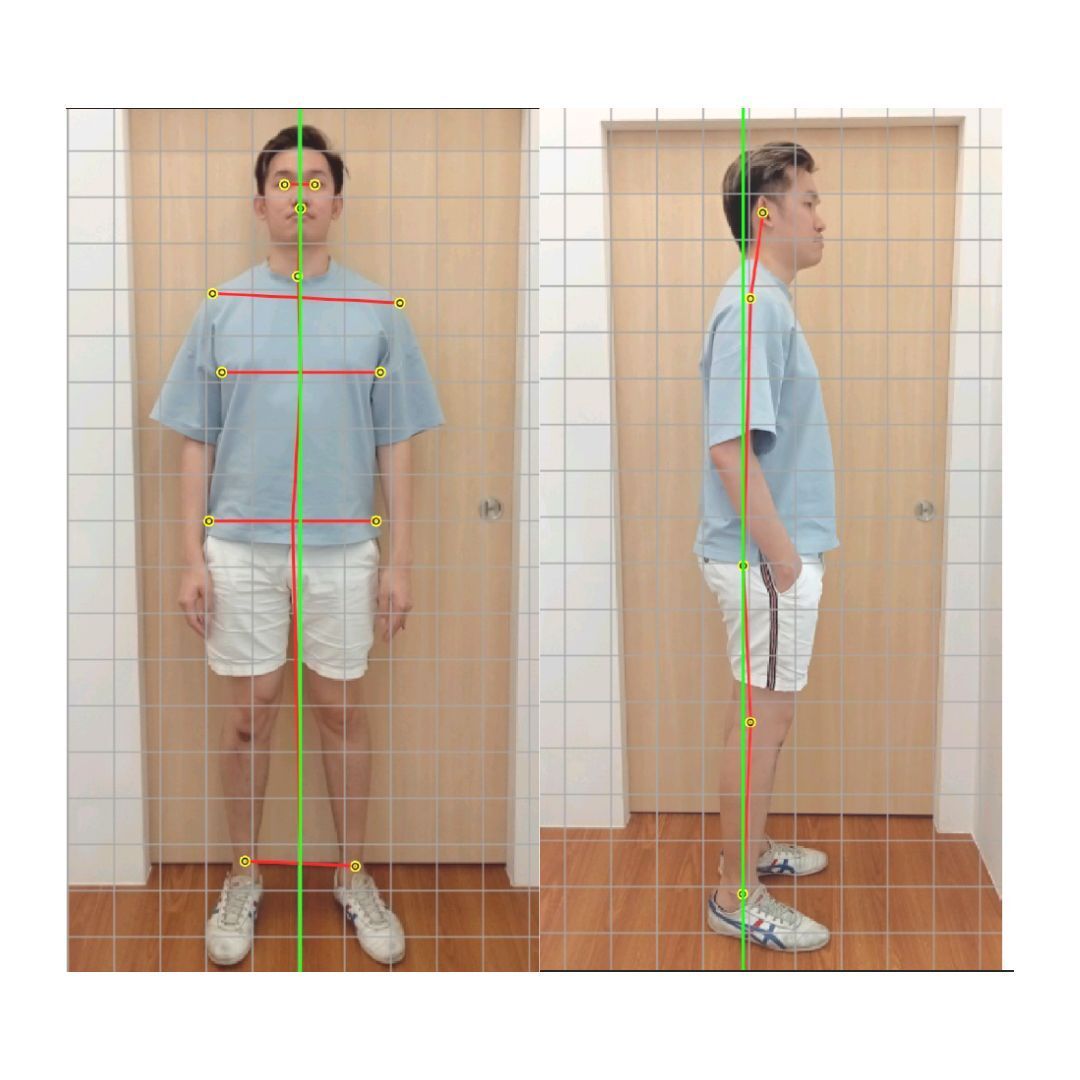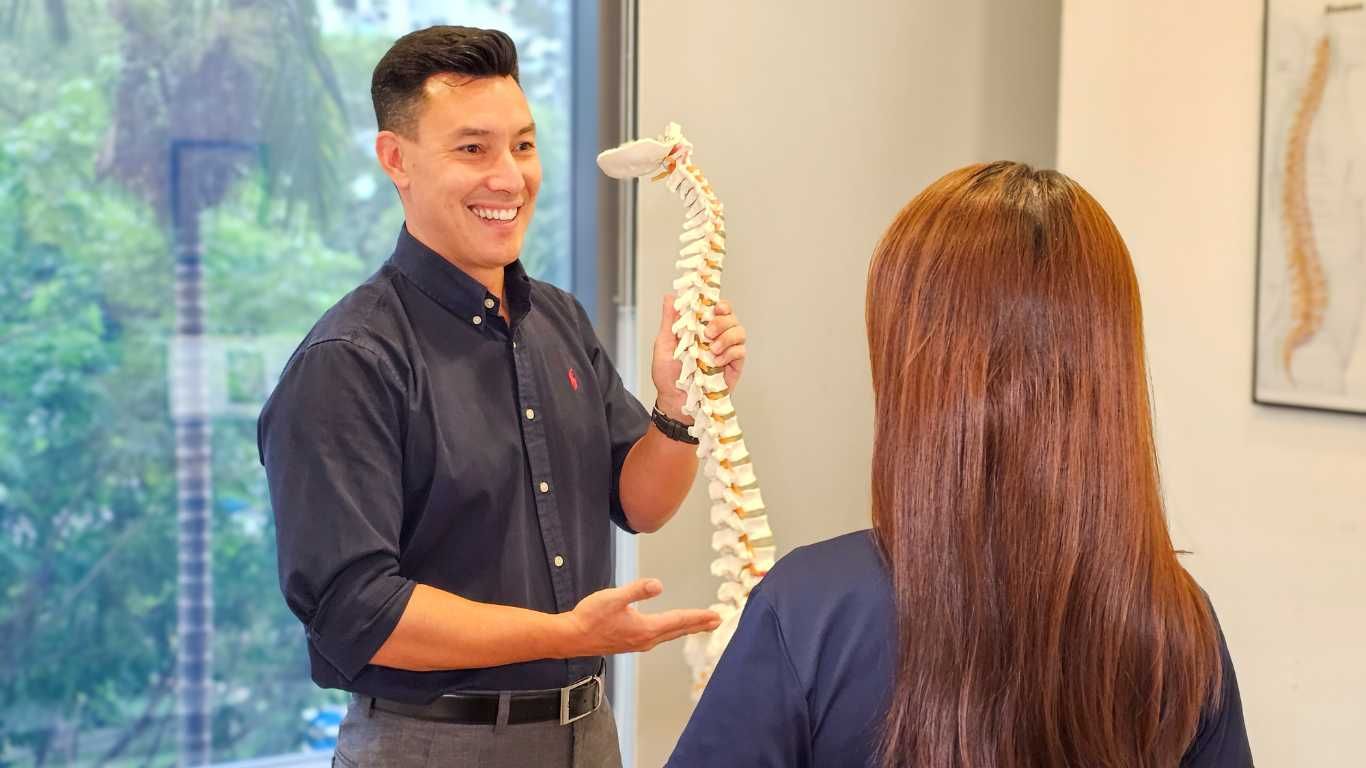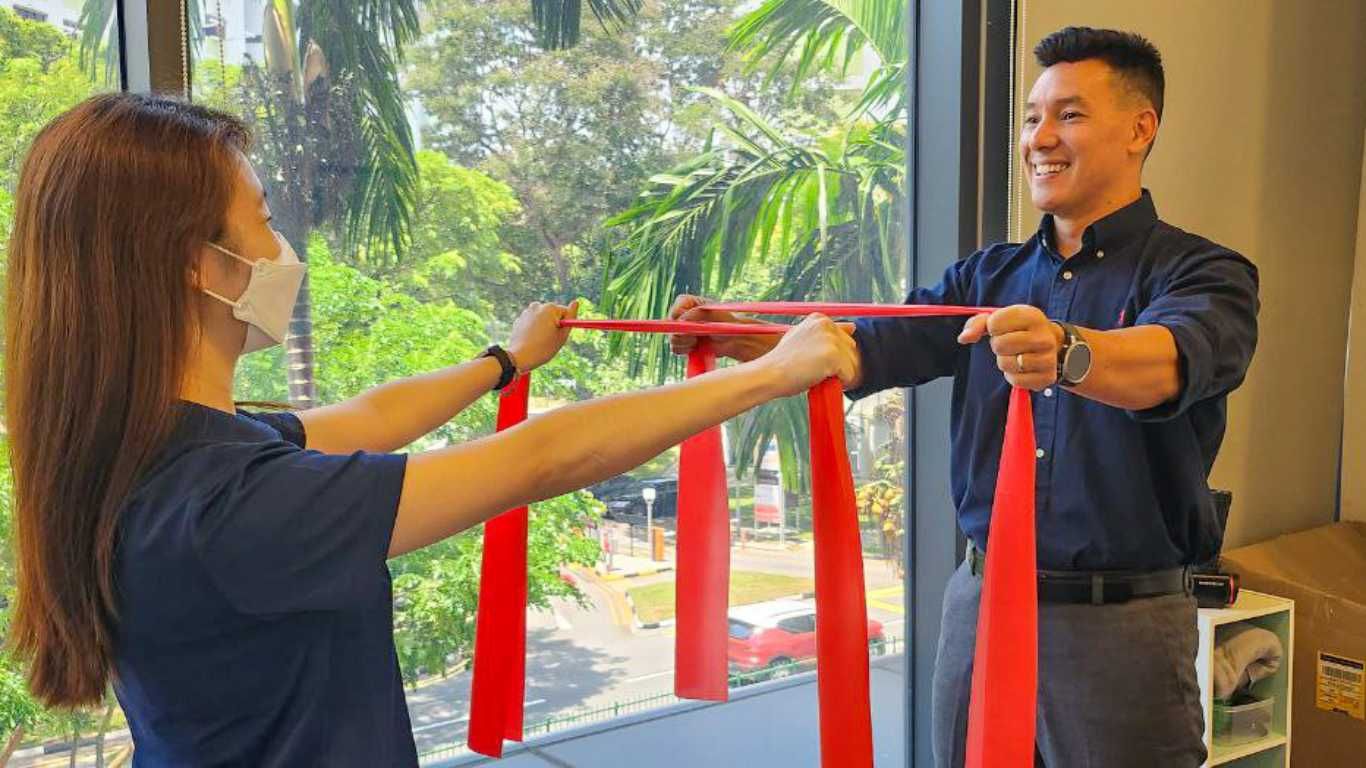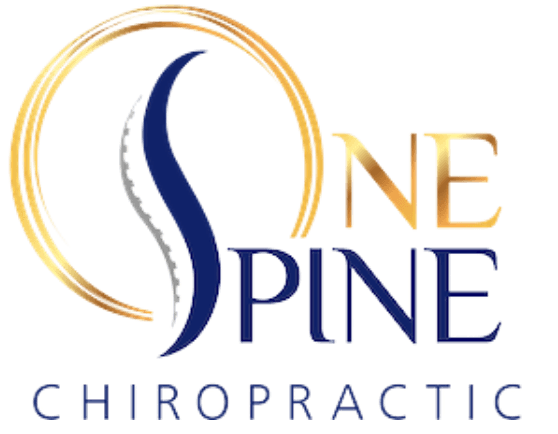Daily Habits That Are Quietly Ruining Your Posture
Many people mistakenly believe that poor posture stems from a single, obvious bad habit, such as constantly hunching over a smartphone. However, the reality is often far more deceiving. It's a cumulative effect of many small, seemingly insignificant daily actions.
These subtle habits (from how we sit at our desks to the way we stand in line, carry our bags, or even sleep), can gradually pull our bodies out of proper alignment. While you might not notice the impact now, you may up end up experiencing persistent shoulder tightness, a nagging lower back ache upon waking, or a friend pointing out your forward head posture in the near future.
This blog post will delve into these everyday habits that (silently) sabotage your posture and explore effective strategies, including chiropractic care, to reverse negaitve effects and restore your spinal health.
1. Tech Neck: How Your Phone Harms Your Spine
In our increasingly digital world, tech neck has become a common issue. This common habit involves bending your head forward, craning your neck to look down at your device. What many don't realize is the immense strain on your neck muscles. For every inch your head moves forward, the weight on your cervical spine significantly increases. A 60-degree angle is equivalent to carrying a 25kg load on your head for extended periods.
Long-term consequences of tech neck include:
- Overworked and tight neck muscles: Leading to chronic pain and stiffness.
- Rounded upper back: Contributing to a hunched appearance.
- Visible reverse cervical curve: Also known as tech neck or text neck, which is a noticeable curvature at the base of the neck.
Three corrective measures to fix your tech neck:
- Elevate your device: Hold your phone at eye level to maintain a neutral head position. Jeep elbow tucked into your side and bent so that you dont strain your back and shoulder muscles.
- Regular breaks and stretches: Incorporate short breaks to roll your shoulders and gently tuck your chin towards your neck to reset spinal alignment.
- Utilize voice commands and stands: Minimize time spent in a forward-bent position by using voice assistants or phone stands.
2. The Desk Chair Dilemma: Preventing the Office Slouch
The desk chair slouch is also a huge factor behind poor posture and a common source of lower back pain. Spending hours looking at your laptop screen not only pulls your head forward, but also rounds your shoulders and leaves your lower back unsupported.
What happens when you slouch:
- Tightened chest muscles: Pectoral muscles shorten and tighten, pulling your shoulders forward.
- Weakened upper back muscles: The muscles responsible for maintaining an upright posture become elongated and weak.
- Spinal adaptation: Your spine gradually adapts to this curved shape, making it increasingly difficult to return to a natural alignment.
Strategies to fix desk slouching:
- Chair adjustment: Position your chair so your hips are slightly higher than your knees, promoting a natural lumbar curve. Or, get an ergonomic chair.
- Monitor placement: Ensure your computer monitor is level with your eyes, preventing forward head posture.
- Proper seating: Sit at the back of your chair and tuck in tightly so your spine is supported by your chair, and keep your feet flat on the floor.
- Lumbar support: Consider using a lumbar pillow to maintain the natural curve of your lower back. This will reduce strain and promote better spinal alignment.
3. The Uneven Burden: Impact of a Single-Strap Bag
Carrying a handbag, sling bag, or tote bag on the same shoulder everyday might seem harmless, but it can force one side of your body to work overtime. This uneven weight distribution causes your spine to tilt in an attempt to balance the load, leading to one shoulder higher than the other. Over time, your muscles adapt to this constant, uneven strain.
Long-term effects:
- Chronic muscle pain: Particularly in the shoulder, neck, and upper back.
- Uneven hips: Constant tilting can lead to pelvic misalignment.
- Lower back pain: A direct consequence of spinal and pelvic imbalances.
- Tension headaches: Resulting from sustained muscle tension in the neck and shoulders.
Solutions for an even weight distribution:
- Switch sides regularly: Alternate the shoulder you carry your bag on to distribute the weight evenly.
- Lighten your load: Review the contents of your bag and remove unnecessary items every now and then.
- Invest in a good backpack: If you frequently carry heavy items, go with a backpack that has padded shoulders as it can distribute weight across both shoulders, promoting better postural alignment.
4. A Night’s Sleep: How Sleeping Positions Affect Your Spine
While you might think of sleep as a passive state, the position you maintain for six to eight hours each night significantly impacts your spinal health. Certain sleeping postures can inadvertently twist your spine and strain your muscles. For instance, sleeping on your stomach forces your neck into an unnatural 90-degree twist.
Signs your sleeping position is affecting your spine:
- Stiff neck: Waking up with limited neck mobility.
- Sore shoulders: Persistent discomfort in the shoulder region.
- Achy lower back: Even after a full night's sleep, experiencing pain in the lumbar area.
Optimizing your sleep posture for spinal health:
- Side sleepers: Place a pillow between your knees to maintain hip alignment and prevent spinal rotation.
- Back sleepers: Position a pillow under your knees to alleviate pressure on your lower back and support its natural curve.
- Avoid stomach sleeping: If you find it difficult to break this habit, try propping a pillow under one side of your torso to gradually wean yourself off it. This helps reduce extreme neck rotation and lumbar flattening.
5. The Hip Hunch: Dangers of Standing on One Hip
It's a common, almost unconscious habit to shift your weight onto one leg while waiting for an elevator or chatting with a friend. This seemingly innocent posture, however, can cause significant long-term consequences for your spinal alignment and overall musculoskeletal health. When you always stand on one hip, you shorten the muscles on one side of your body while overstretching those on the other, potentially leading to a pelvic tilt over time.
The hidden costs of standing on one hip:
- Chronic lower back pain: Uneven hips create imbalances that can strain the lumbar spine.
- Uneven knee wear: The altered weight distribution can lead to premature wear and tear on your knee joints.
- Altered gait: In severe cases, it can even result in a noticeable limp.
Correcting your one-hip stance:
- Balanced weight distribution: Stand with both feet evenly on the ground, distributing your weight equally.
- Soft knees: Avoid locking your knees, as this can put undue stress on your joints.
- Conscious shifting: If you must stand for extended periods, consciously shift your weight from side to side rather than leaning onto one hip.
6. The Sedentary Trap: Why Movement is Crucial for Posture
Even if you possess what appears to be perfect posture, prolonged periods of immobility can still undermine your spinal health. Our bodies are inherently designed to move: joints rely on regular activity to receive essential nutrients, and muscles become stiff and weak without consistent engagement. A sedentary lifestyle is akin to leaving a car unused for months where components eventually begin to malfunction.
A sedentary lifestyle can cause:
- Joint stiffness: Lack of movement restricts joint mobility and nutrient flow.
- Muscle weakness and atrophy: Muscles, particularly those supporting the spine, lose strength and elasticity.
- Increased risk of pain: Prolonged static positions contribute to back pain, neck pain, and overall discomfort.
Breaking free from the sedentary trap:
- Move regularly: Aim to get up and move around every 30–60 minutes, even if it's just for a few minutes.
- Daily stretches: Stretch your body (such as chest, hips, and back) to counteract stiffness and improve flexibility.
- Dynamic workstations: If possible, utilize a sit-stand desk or actively change your position throughout the day.
Why Optimal Posture is Crucial for Your Health and Well-Being
Poor posture extends far beyond merely looking slouched. It has profound implications on your overall health and quality of life. Over time, the cumulative effects of bad posture can lead to serious, physical issues such as:
- Chronic Pain: Significantly increases your risk of developing persistent back pain, neck pain, and shoulder pain.
- Reduced lung capacity: A hunched posture compresses your diaphragm and lungs, making it harder to take deep, full breaths and potentially impacting oxygen intake.
- Digestive issues: Compression of abdominal organs due to poor posture interferes with digestive processes.
- Energy drain: Your muscles have to work harder to simply hold you upright against gravity, leading to increased fatigue and reduced energy levels.
- Headaches and migraines: Muscle tension in the neck and shoulders, often a result of poor posture, can trigger or exacerbate headaches and migraines.
Advantages to One Spine Chiropractic Care: Resetting a Better Posture
If these habits have been ingrained for years, your body may have adapted to these misalignments, making it challenging to correct posture solely through stretching or conscious effort.
This is where chiropractic care offers a unique and effective solution. Our chiropractors at One Spine Chiropractic Singapore focus on the intricate relationship between your spine and nervous system, understanding that proper spinal alignment is fundamental to overall health and optimal posture.
Through targeted adjustments and holistic approaches, chiropractic care at our clinic can:
- Correct spinal misalignment. Our One Spine chiropractors will identify and gently correct spinal alignment. By restoring proper alignment, your body can naturally reset its posture and function more efficiently.
- Relieve muscle tension and joint stress. Adjustments help to alleviate tension in overworked muscles and reduce stress on joints that have been compensating for poor posture. This can provide immediate relief from back pain, neck pain, and shoulder pain.
- Personalize your posture strengthening plans. Beyond adjustments, chiropractors often provide tailored exercise and stretching programs designed to strengthen the muscles that support good posture, helping you maintain the benefits of your adjustments long-term.
- Provide a holistic approach to wellness. One Spine Chiropractic care views the body as an interconnected system. By addressing the root cause of postural issues, it can promote overall wellness, improved nerve function, and enhanced bodily communication.
Take the First Step Towards Better Posture and a Pain-Free Life
Bad posture isn't caused by a single factor. It's a gradual accumulation of small, unnoticed daily habits. The good news is that good posture is also built in the same way, through conscious awareness and simple, consistent adjustments. By understanding how your daily routine might impact your spinal health and taking proactive steps to correct them, you can protect your spine, which will significantly improve your comfort and ensure you move well for the years to come.
If you've been struggling with posture-related aches, persistent back pain, neck pain, or simply want to improve your overall spinal alignment, we are here to help. Our chiropractors at One Spine Chiropractic Singapore offer comprehensive posture assessments designed to identify the root cause of your discomfort and develop a personalized plan to help you regain your posture and feel your best.
Contact us today to schedule your assessment and embark on your journey to optimal spinal health and a pain-free future: https://www.onespine.sg/contact-us
